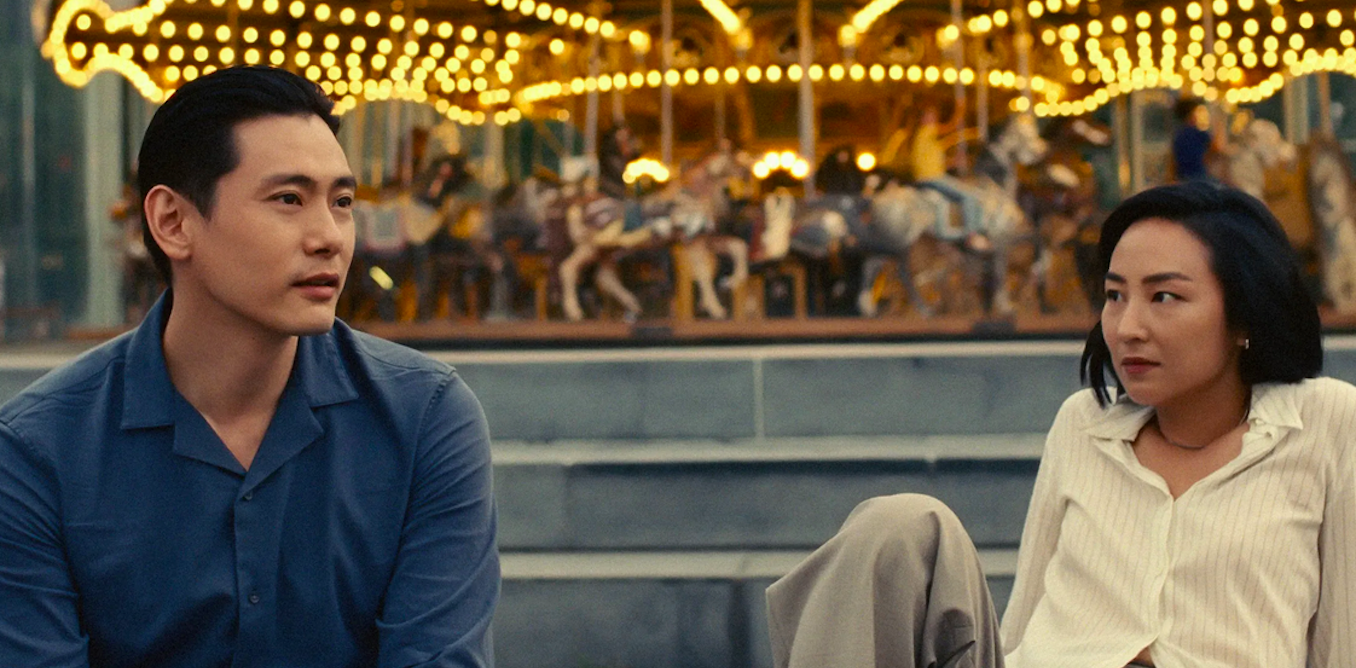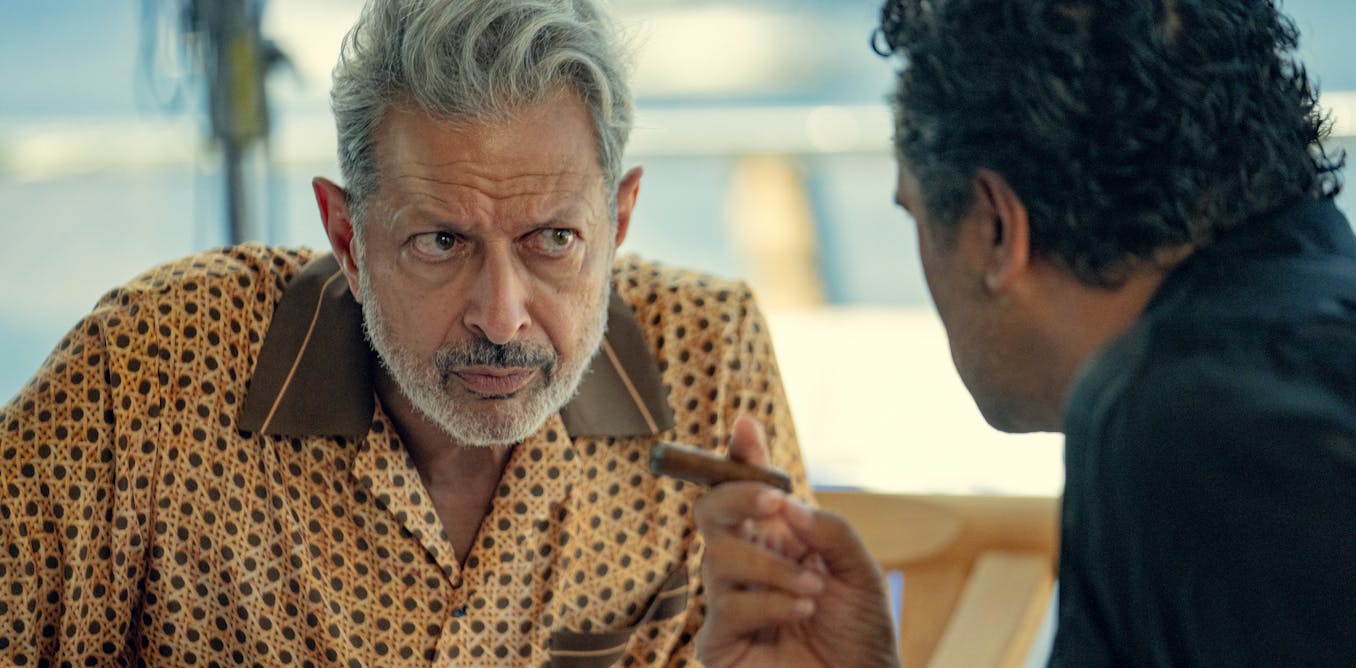This year, of the 10 films nominated for an Academy Award for best picture, three of them – “Anatomy of a Fall,” “Past Lives” and “The Zone of Interest” – are non-English language films.
In the first two decades of the Academy Awards, only three foreign films – all European – earned Oscar nominations: the 1938 French film “La Grande Illusion,” which was nominated for best picture, or outstanding production, as it was then known; the 1944 Swiss film “Marie Louise,” which was the first foreign film to win an Academy Award, for best screenplay; and the 1932 French film “À nous la liberté,” nominated for best production design.
As a scholar of film history, I see the recent recognition of non-English language films as the result of demographic changes in the industry and within the Academy of Motion Picture Arts and Sciences itself.
Hollywood’s dominance wanes
During World War II, Hollywood experienced record financial success, with one-third of its revenue coming from foreign markets – mainly the United Kingdom and Latin America. The industry leveraged the appeal of American movies to employ them as cultural ambassadors to promote democratic ideals. Notably, a popular film like “Casablanca” not only entertained audiences but also served as potent anti-fascist propaganda.
After the war, co-productions and distribution agreements with foreign studios opened new markets, boosting Hollywood’s economic influence and reinforcing English language cinema’s global dominance.
However, by the late 1940s, Hollywood experienced some challenges: Studios lost an anti-trust case that challenged their monopoly over producing, distributing and exhibiting films, while television threatened to siphon away theatergoers. With studios undergoing major budget and production cuts, a 1949 Fortune magazine article posed the question “Movies: The End of an Era?”
During that same period, art film movements in nations such as Sweden, France, Italy and Japan arose to contest Hollywood’s dominance, breathing new life into the cinematic arts.
These works contrasted sharply with Hollywood films, many of which had become formulaic by the 1950s and were constrained by an outdated censorship code.
A category of their own
Between 1947 and 1956, foreign films received honorary Oscars, with France and Italy dominating the accolades. In 1956, the category of “best foreign language film” was officially established as an annual recognition, marking a pivotal moment in Oscars history.
However, any film nominated in that category is also eligible to be nominated in the broader best picture category. The only stipulation is that it needs to have had a theatrical run in a Los Angeles County commercial movie theater for at least seven consecutive days.
Louis Goldman/Gamma-Rapho via Getty Images
Until this year, only 10 foreign films have garnered this dual nomination.
In 2020, the South Korean film “Parasite” became the first non-English language film to win both best international feature film – formerly known as best foreign language film – and best picture. Director Bong Joon-Ho also won the award for best director that year. Accompanied by an interpreter, he gave his acceptance speech in Korean.
During the 2019 Oscars, Mexican director Alfonso Cuarón – introduced in Spanish by actor Javier Bardem – accepted the Academy Award for what was then still called best foreign language film for his film “Roma.” During his speech, he joked that he had grown up “watching foreign language films and learning so much from them. … Films like ‘Citizen Kane,’ ‘Jaws,’ ‘Rashomon,’ ‘The Godfather’ and ‘Breathless.’”
Breathing new life into film
Cuarón’s comments wryly question why English is considered the default language of a global industry. They also highlight how the categories of “Hollywood film” and “foreign film” aren’t necessarily mutually exclusive.
As in the past, many of the filmmakers pushing the boundaries of the medium are from outside the U.S. This isn’t due to a lack of talent within the U.S.; instead, it’s largely due to a lack of institutional funding for independent productions.
On the other hand, in countries such as France, Germany, Canada, South Korea and Iran, there are state-sponsored programs to support filmmakers. These programs, which aim to promote national cultural expression, allow for more experimentation.
In recent decades, the cinematic landscape has been revitalized by movements from abroad, such as Denmark’s Dogma 95 collective, South Korea’s IMF noir genre and Greek Weird Wave films. Filmmakers associated with these movements often transition to making English language cinema.
Take Yorgos Lanthimos, director of the Best Picture nominee “Poor Things.” Lanthimos first gained recognition for his contributions to the Greek Weird Wave, a cinematic movement that uses absurdist humor to critique societal norms and power structures. It emerged during the country’s economic crisis in the 2010s.
Similarly, “Parasite” director Bong Joon-ho, known for his earlier Korean language films, is emblematic of the IMF noir movement, which explored the profound repercussions of the late 1990s financial crisis in South Korea that was caused by policies dictated by the International Monetary Fund.

Vivien Killilea/Getty Images
The nomination process
As Michael Schulman, author of “Oscar Wars,” argues, viewing the Academy Awards as a “pure barometer of artistic merit or worth” is a mistake.
Numerous factors, including the aggressiveness of Oscar campaign strategists and publicists working around the clock, as well as the composition of the awards committee, exert great influence over the outcome.
In the case of foreign films, the process is twofold. To secure an Oscar nomination as a country’s entry, a foreign film must first gain approval from a committee in its native country. It is then submitted to the Academy of Motion Picture Arts and Sciences and subjected to a vote by the academy. Only one entry is allowed per country.
The intricate dynamics of this process are illustrated by the case of the French film “Anatomy of a Fall,” which was nominated for a best picture Academy Award but not best international feature from France. This decision was influenced by France’s small national nominating committee, which, disconnected from the current climate of the U.S. academy, favored the nostalgic, culinary romance “The Taste of Things,” starring Juliette Binoche.
A more diverse academy
The role of the voting committee in determining which films even reach consideration cannot be overstated. Over the last few years, this is what has most radically changed in the academy. In 2012, its composition was 94% white, 77% male and had a median age of 62.
As highlighted by Schulman, the #Oscarssowhite controversy in 2015 spurred changes to the academy’s makeup, in the hopes of addressing the industry’s under-recognition of the achievements of people of color.
There was also a concerted effort to enhance geographical diversity and infuse the awards with a more global perspective. In 2016, the new invitees to the academy were more diverse: 46% were female, 41% were nonwhite, and they came from 59 different countries. This year, a groundbreaking 93 countries submitted nomination ballots, signifying unprecedented global participation in the Oscars.
Perhaps most significantly, beginning in 2024, the academy has required that, for a film to qualify for a Best Picture nomination, it must meet two out of four standards established by the academy.
The criteria include having at least one lead or significant supporting actor from an underrepresented racial or ethnic group, or centering the main storyline on an underrepresented group. They also require representation in creative leadership positions and crew roles, along with paid apprenticeships for underrepresented groups. Even senior marketing teams require representation. All of these requirements lend themselves to the inclusion of more international film nominees.
Streaming distribution has also democratized access to non-English language cinema, which was previously limited only to niche audiences in art house theaters in large cities.
The distribution company Neon, established in 2017, has been another crucial factor in reshaping the Oscars landscape. Led by Elissa Federoff, Neon is committed to breaking industry barriers, diversifying content, transcending language barriers and engaging with younger audiences through platforms like YouTube and TikTok. Neon distributed both “Parasite” and “Anatomy of a Fall.”
As the Oscars evolve into a more globally conscious platform, the future of film seems destined to be shaped by those who think beyond the limitations of what was once considered “foreign,” and remain advocates for the universal language of the cinema.




















